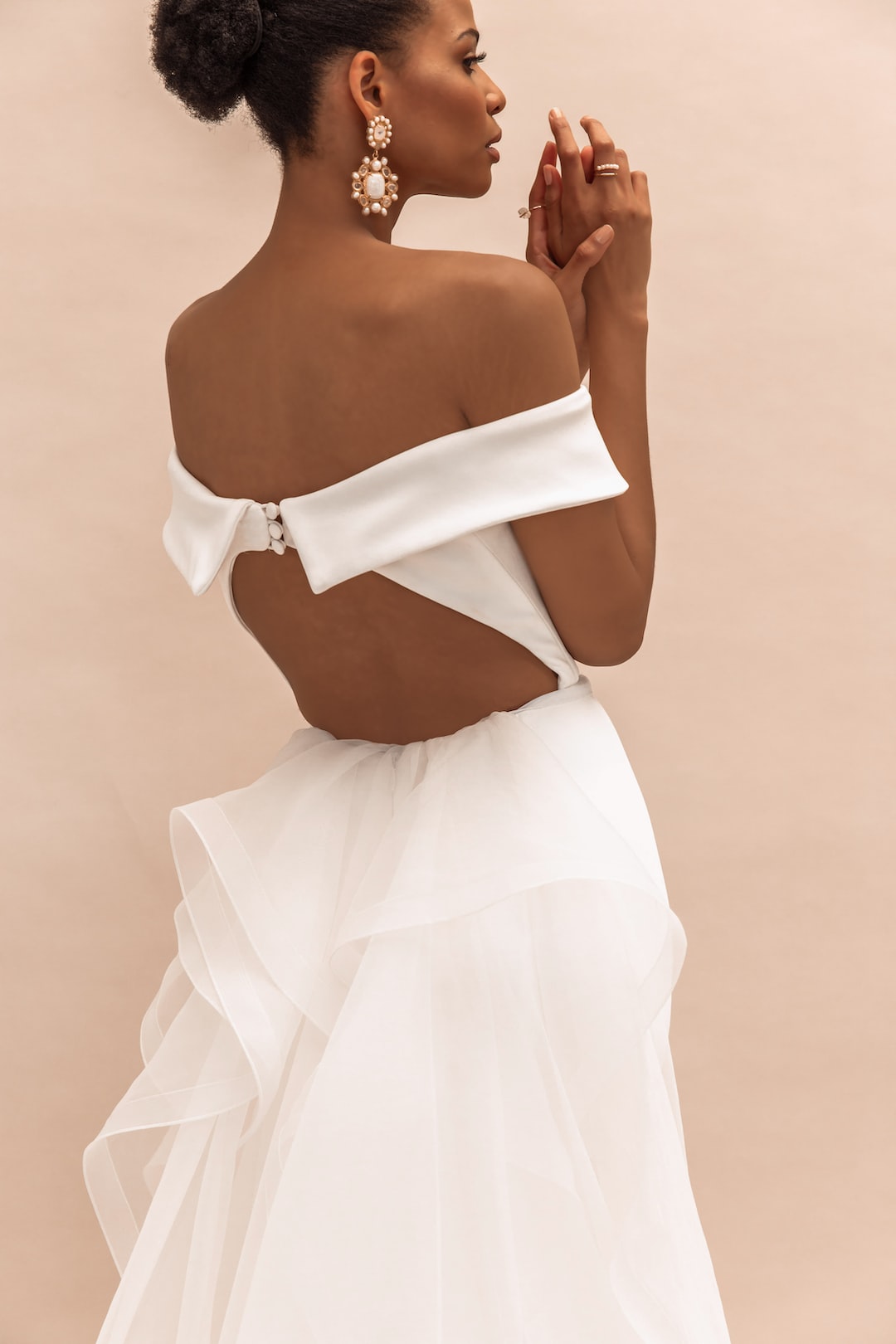The dos and don’ts of mixing prints and patterns
Mixing prints and patterns can be a fun way to make a fashion statement and showcase your personal style. However, it can also be a tricky endeavor that, if done wrong, can turn into a fashion disaster. If you’re unsure about how to master the art of mixing prints, don’t worry! We’ve got you covered with the dos and don’ts to help you navigate this fashion trend with confidence.
DO: Start with basic patterns
If you’re new to mixing prints, it’s best to start with basic patterns that are easy to pair together. Stripes, polka dots, and checks are great options to begin with. These patterns are versatile and can be paired with other prints without clashing. Start by incorporating one basic pattern into your outfit and build from there.
DON’T: Overdo it with too many prints
While mixing prints can be exciting, it’s important to remember that less is often more. Avoid overloading your outfit with too many conflicting prints as it can create visual chaos. Instead, opt for a maximum of three different prints in one ensemble. This way, you can ensure balance and harmony within your outfit.
DO: Match colors
One way to successfully mix prints is by ensuring that the colors of the prints you’re combining complement each other. Look for common colors or shades among the prints you’re considering to create a cohesive look. This will help tie everything together and prevent your outfit from looking too overwhelming.
DON’T: Mix prints of the same size
When mixing prints, it’s crucial to vary the size of the patterns. Combining prints of the same size can create an unflattering visual effect and make your outfit look busy and disordered. Instead, opt for prints of different sizes – pair large florals with smaller stripes or polka dots. This contrast will create a visually appealing balance.
DO: Use a focal piece
When mixing prints, it’s a good idea to choose one standout piece as a focal point. This can be a printed top, skirt, or even a statement accessory. Build the rest of your outfit around this focal piece, adding subtler prints or solids to create a cohesive look. Having one element that sets the tone for the other prints will make your outfit visually appealing and well put together.
DON’T: Forget about scale and proportion
Pay attention to the scale and proportion of the prints you’re mixing. If you have a petite frame, large prints may overwhelm your silhouette. On the other hand, if you’re tall or have a larger frame, tiny prints may get lost on you. Consider your body type and choose prints that flatter your figure. Experiment with different sizes until you find the right balance for your body.
DO: Experiment with different textures
Mixing prints can be taken to another level by incorporating different textures into your outfit. Combining patterns with textured fabrics such as lace, denim, or leather can add depth and interest to your overall look. This creates a visually rich and engaging ensemble that will stand out from the crowd.
DON’T: Be afraid to break the rules
While we’ve outlined some dos and don’ts to help you navigate the world of mixing prints and patterns, it’s important to remember that fashion is subjective and should be fun. There are no hard and fast rules when it comes to personal style. Don’t be afraid to break the rules and experiment with unconventional combinations. The most important thing is to feel confident and comfortable in what you’re wearing.
In conclusion, mixing prints and patterns can be a great way to showcase your personal style and make a fashion statement. By following these dos and don’ts, you’ll be on your way to creating stylish and harmonious outfits. Remember to start with basic patterns, match colors, vary the size of prints, use a focal piece, pay attention to scale and proportion, experiment with different textures, and most importantly, have fun and be confident in your choices. Happy mixing!


